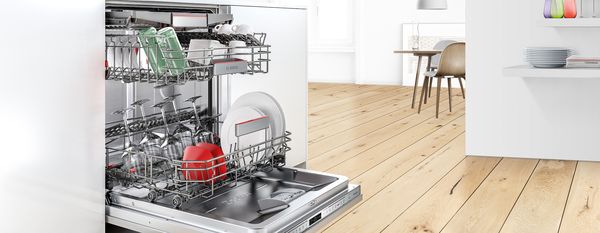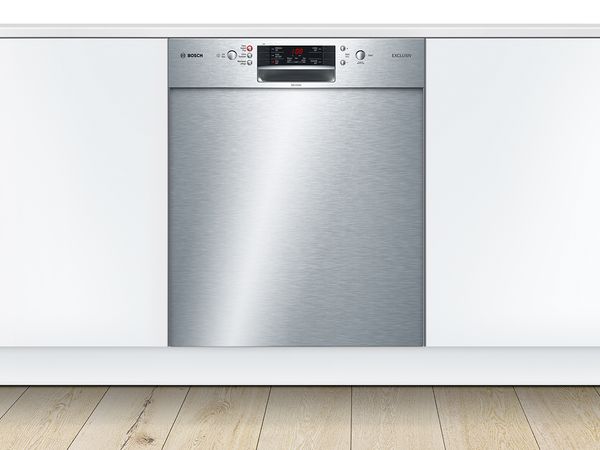By the time you get to the end of this list, you’ll never see a dishwasher in the same way again

1. Your Dishwasher has been Over 100 Years in the Making.
Robert Bosch first established his workshop for precision and electrical engineering way back in 1886. However, it wasn’t until 1964 that Bosch Home Appliances released its first dishwasher. With more and more people looking to save time on housework in the 60s, Bosch’s contribution made washing dishes by hand a thing of the past and illustrated that cleaning up after a party doesn't need to be a drag!

2. Uses Less Water than Hand-Washing
There's a widespread myth that dishwashers use more water than hand-washing. However that couldn't be further from the truth. A standard dishwasher uses around 7 litres of water per wash, while hand-washing generally uses up to 40 litres. When you add up the numbers, switching from hand-washing to dishwashing can save you up to 9,200 litres of water per year.
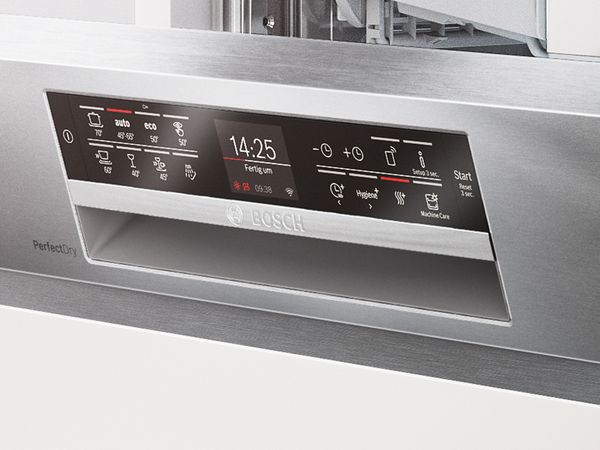
3. Does not Necessarily Spike Your Electricity Bill
Another widespread myth is that dishwashers use a lot of electricity yet this isn't exactly the case either! Modern dishwashers are designed to be energy efficient and use around 0.67 Kwh per load (depending on the washing programme) to heat up, pump and recycle the water in the machine. Hand-washing with heated tap water on the other hand can use up to 2.6 kWh per load!

4. It Cleans Dishes Better Than You
Let’s think about it: if you wash your dishes manually, you’ll be 1) using sponges which are hotbeds for accumulating bacteria such as E.coli and Salmonella, 2) potentially using cold rather than hot water, and 3) allowing your dishes to accumulate dust as they dry. Does that sound hygienic? Fortunately, using your dishwasher takes all 3 germ-preserving variables out of the equation!
5. Comes in 2 Different Construction Types
Free-standing: Standalone units like 60 cm, slimline, compact and tabletop dishwashers can be placed freely on the kitchen floor or tabletop. 60cm and slimline dishwashers can also be installed under the kitchen counter but they will not have a continuous plinth panel or be flushed with kitchen cabinetry.
Built-under / Integrated: Installed under the kitchen counter, built-under or integrated dishwashers have a visible fascia panel on the front of the dishwasher. As they have a continuous plinth panel and no worktop, built-under and integrated dishwashers have a flush fit with your kitchen cabinetry. What makes an integrated dishwasher different from a built-under unit is that it allows you to install a furniture front on the dishwasher door to match your kitchen cabinetry.

6. Forget About “Pre-Wash"
Although many prescribe to “pre-washing,” it’s a waste of time, water and energy. All you need to do is to scrape off large bits of food that can get stuck and clog the drain filter with a spoon. Load it up then sit back and trust your dishwasher to do what it’s designed to do.
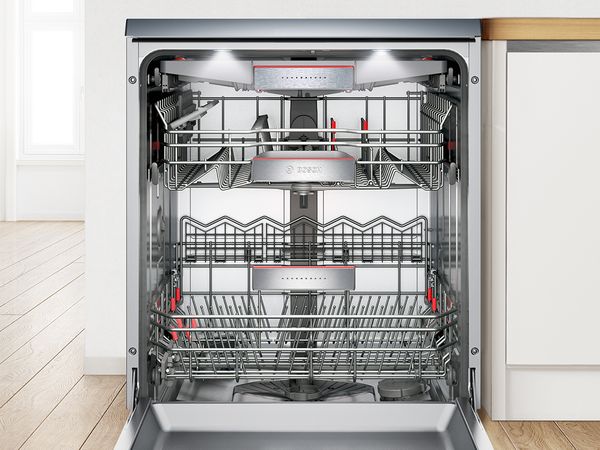
7. Filter Cleaning is Crucial
Every dishwasher has a filter which prevents large food particles from clogging up the drain. However, over time, this filter will accumulate grime. If you use your dishwasher regularly, you’ll need to do a bit of maintenance each month. Don’t worry though, it’s quite simple - all you need to do is remove the filter thoroughly with hot soapy water!
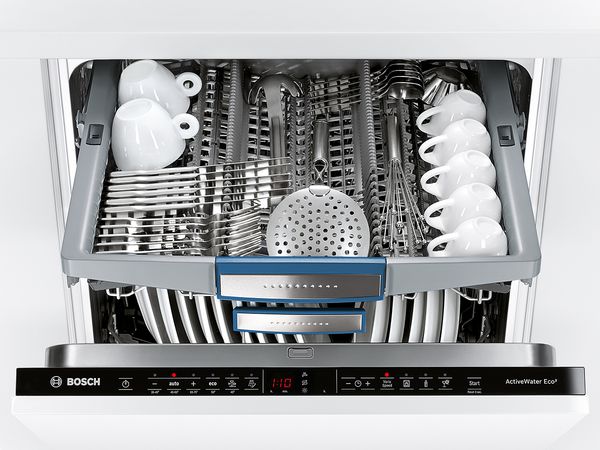
8. Your Dishwasher Needs You to Place Items Upside Down
This may seem like common sense, but have you been loading up your dishwasher the right way? Placing items upside down ensures that the water jets from the spray arms can give your dishes a proper clean.

9. Wash Certain Dishes by Hand
While it may be tempting to automate how you clean up everything in the kitchen, there are some items that you should keep well away from your dishwasher. For example, wooden dishes may warp or crack, glass which is not dishwasher-safe may become irreversibly cloudy, non-heat resistant plastic may be bent out of shape, and copper and aluminium wares may discolour. Do the right thing for the sake of your kitchenware!
